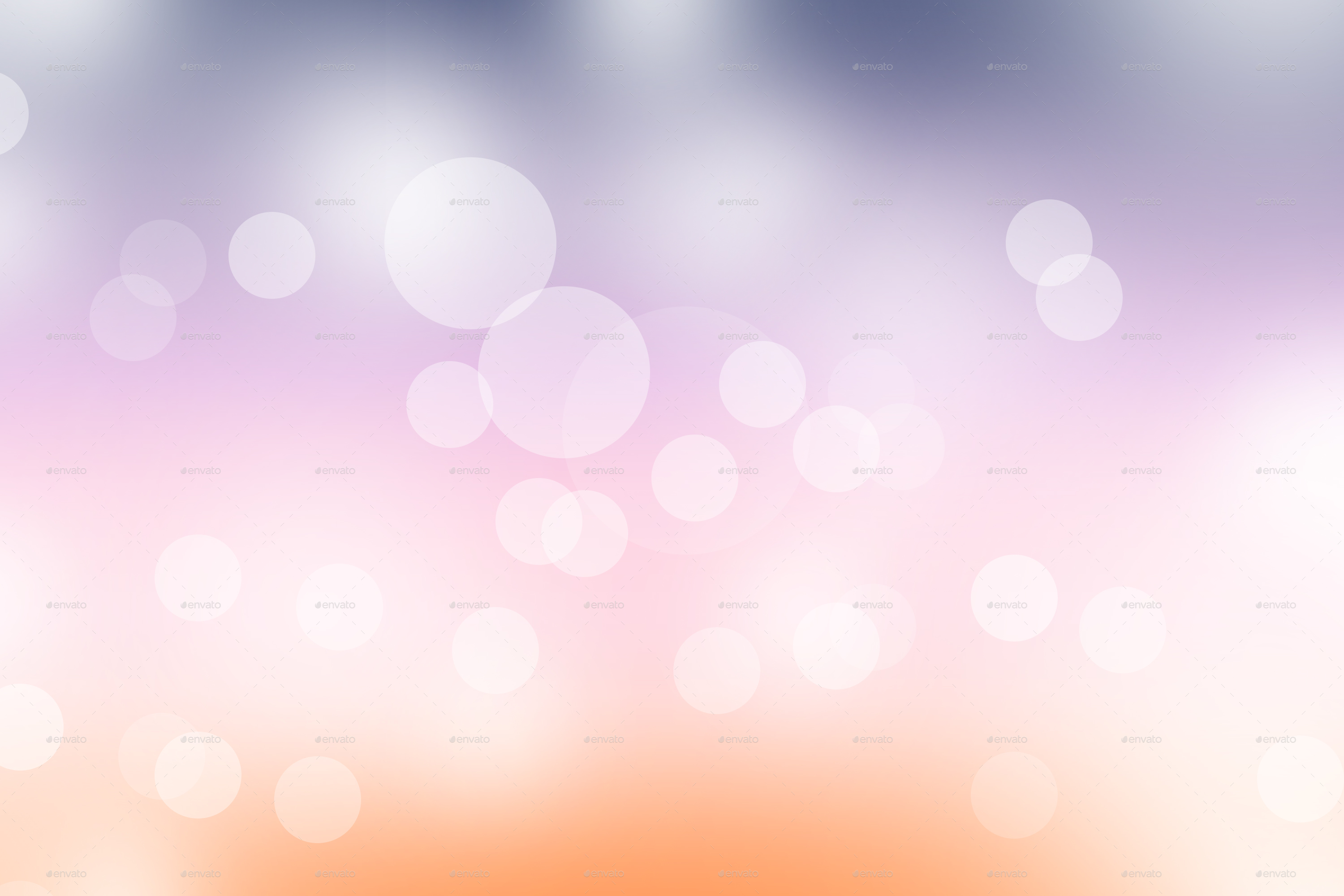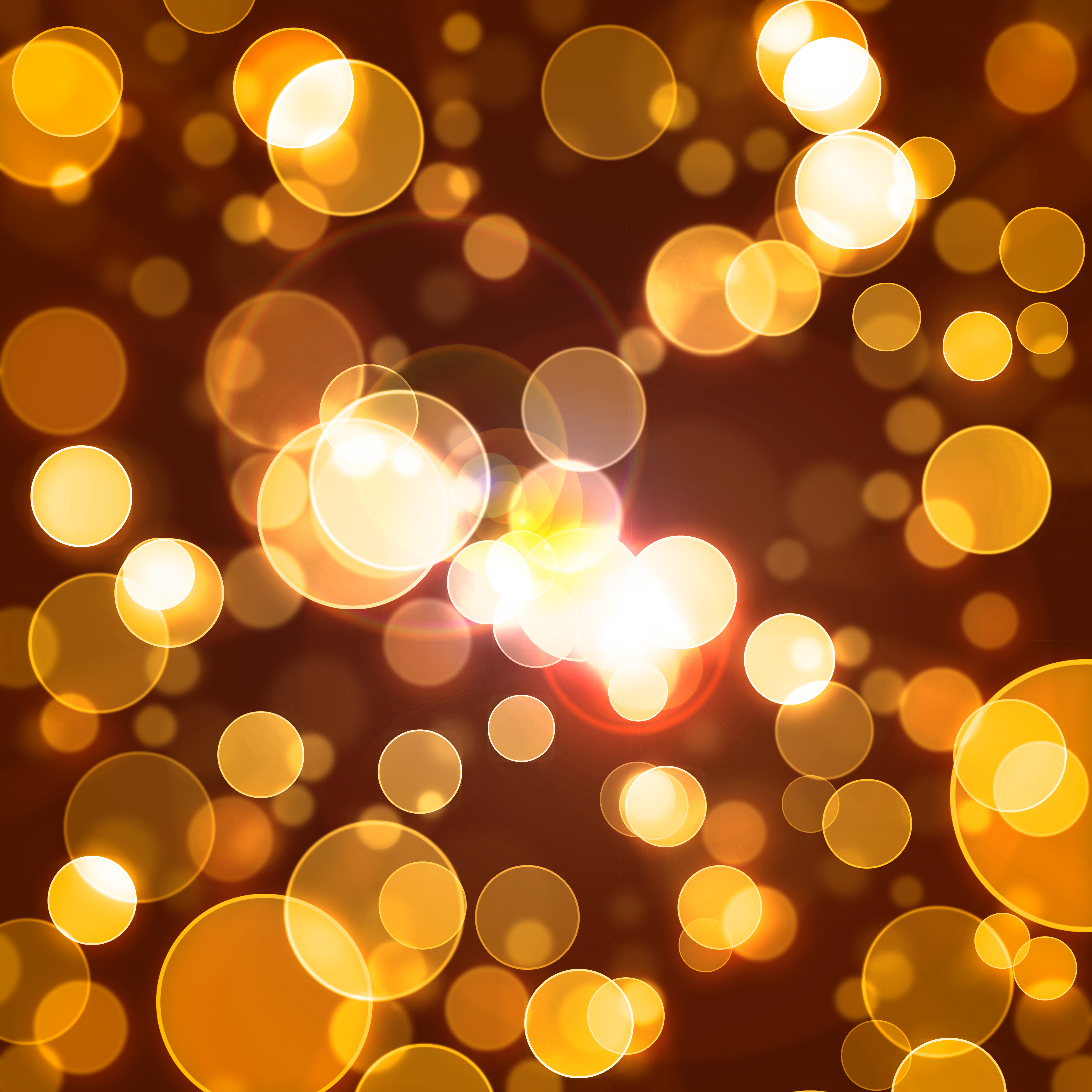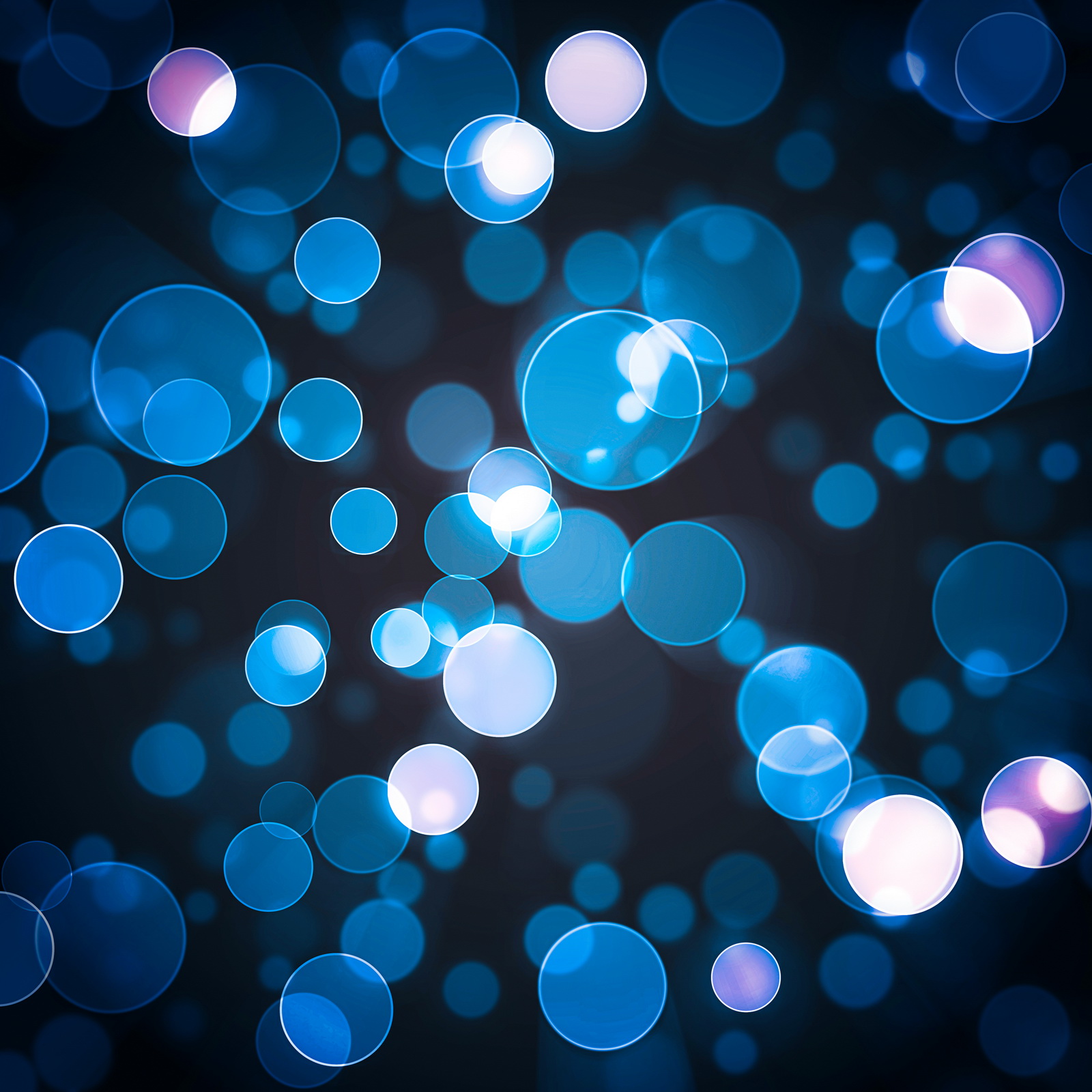
#BOKEH PHOTO BACKGROUNDS HOW TO#
How To Take Bokeh Photos with Your Kit Lens
#BOKEH PHOTO BACKGROUNDS MANUAL#
To control your aperture, you’ll need to be either in manual mode, or set your camera to aperture priority mode.


Shutter speed (or ISO) has no direct influence on depth of field which is primarily affected by aperture, focal length and distance from the subject. The effect of bokeh in photography is also created when the light source is situated behind your background, and filtering through small gaps, such as through the spaces between a tree’s leaves as the sun sets behind it. Your background will need to have a little texture, for example light reflecting off foliage in a garden (just like in the image below where light is hitting the ferns). Sometimes artificial light sources can create a pleasing bokeh effect too… think Christmas lights blurred in the background, or the lights of a city skyline.Īs points of light reflect differently off flat surfaces, you’re not likely to see the effect we’re talking about off a solid wall for example. In photography, bokeh is created when light reflects off, or through a textured surface. For those passionate about photography, knowing how to take beautiful bokeh photos is one of the most fun aspects of learning this art. Making photos more pleasing to the eye, bokeh effects can be so pretty sometimes that not only do they make gorgeous backdrops for portraits, but can also be subjects in their own right!Īnd if you are wondering why is it called bokeh, the term bokeh comes from the Japanese word boke, which means “blur” or “haze”, or boke-aji, the “blur quality.

What is bokeh photography ? Bokeh is the aesthetic quality of the blur produced in the out-of-focus parts of an image, and is made out of little circles of colour and light.


 0 kommentar(er)
0 kommentar(er)
